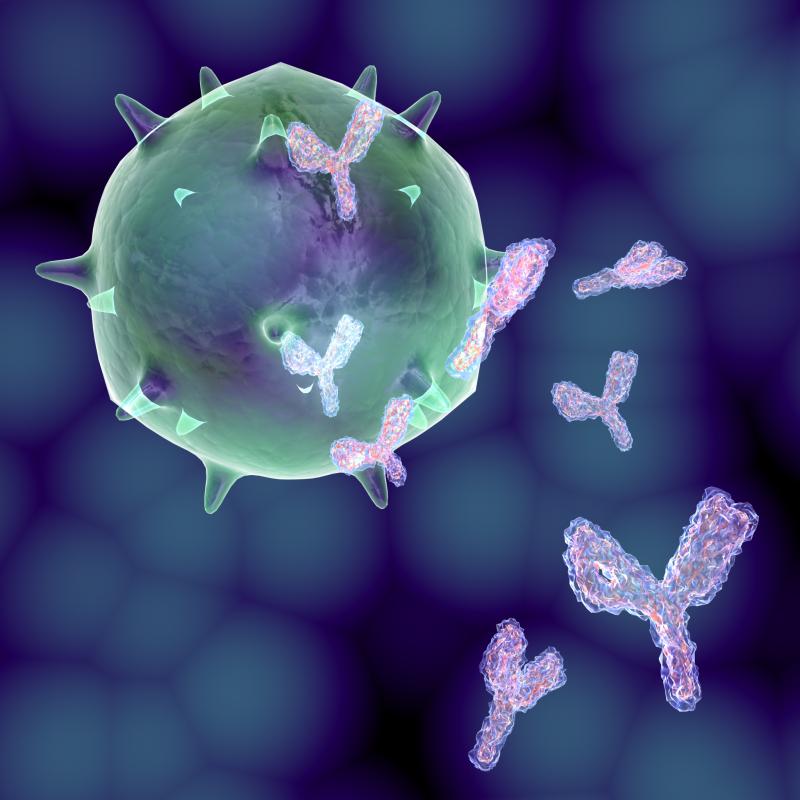
Girls with eosinophilic oesophagitis (EoE) who show initial response to directed therapy will tend to continue to respond well to treatment, a recent study has shown.
Prospectively enrolling 146 children with EoE (mean age at diagnosis, 7.23±4.88 years; 70.5 percent male) into a database, researchers assessed longitudinal patterns of response to treatment. Among the information collected were patient demographics, allergy test results, symptoms, medication compliance, endoscopic results and histologic findings.
Multivariate regression analysis showed that girls were significantly more likely to show continuous positive response to treatment, defined as having less than 15 eosinophils/hpf in at least 75 percent of follow-up biopsies (odds ratio [OR], 2.95, 95 percent CI, 1.26–7.14; p=0.014). Initial complete response to therapy was also significantly predictive of a sustained response (OR, 9.97, 4.20–26.81; p<0.001).
Aside from complete responders, researchers also identified two other distinct patterns of treatment response: intermittent responders, who had clear biopsies 25–75 percent of the time, and nonresponders, whose biopsies were clear only <25 percent of the time.
Patients in the distinct response trajectories had different characteristics. Intermittent responders, for instance, were more likely to have allergic rhinitis, while complete responders tended to have lower body mass indices. Initial response to proton pump inhibitors also predicted complete response, though this effect was attenuated upon multivariate adjustments.
“It will be interesting to understand whether our findings are broadly applicable to the EoE population because defining optimal chronic EoE management is a pressing need, especially in children,” said researchers.